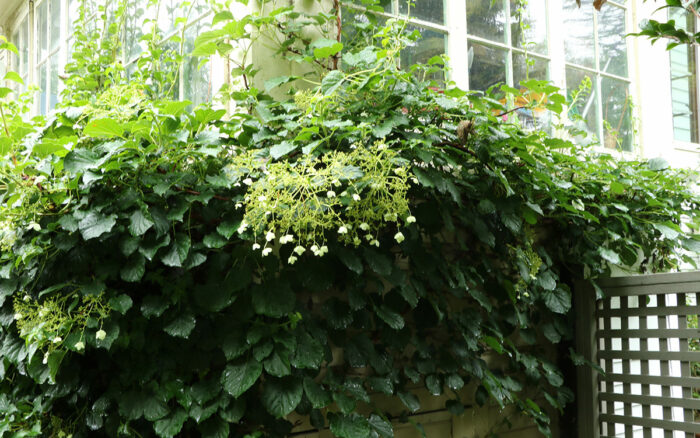
Few plants can add the romance and cozy-cottage feeling to a garden like climbing hydrangea (Hydrangea anomala subsp. petiolaris, Zones 4–9) can. Whether it’s covering a semi-shady east-facing wall (an ideal spot), tumbling over a stone wall, or enveloping the trunk of a large, deciduous tree, climbing hydrangea can be a valuable asset, providing lush green foliage and masses of white, lacy umbels of flowers in early summer. Like many late spring and early summer flowering plants, climbing hydrangea is best pruned just after it blooms in late June so that new growth can form the next year’s flower buds by late summer. However, pruning right after blooming isn’t always practical because, like most vines, climbing hydrangea is a vigorous plant once established, and it can be difficult to see the overall structure of the plant with all of its leaves in full flush. Some selective pruning may need to be done nearly any month of the year, and that’s totally OK. But if you prune anytime from fall to spring, you may sacrifice some flowers.
You can prune for a tidy, tight habit with fewer flowers if you do a hard pruning in early spring. Or you can learn to accept (or tolerate) the more casual look of a rascally, out of control yet blooming climbing hydrangea if you do a hard pruning just after flowering.
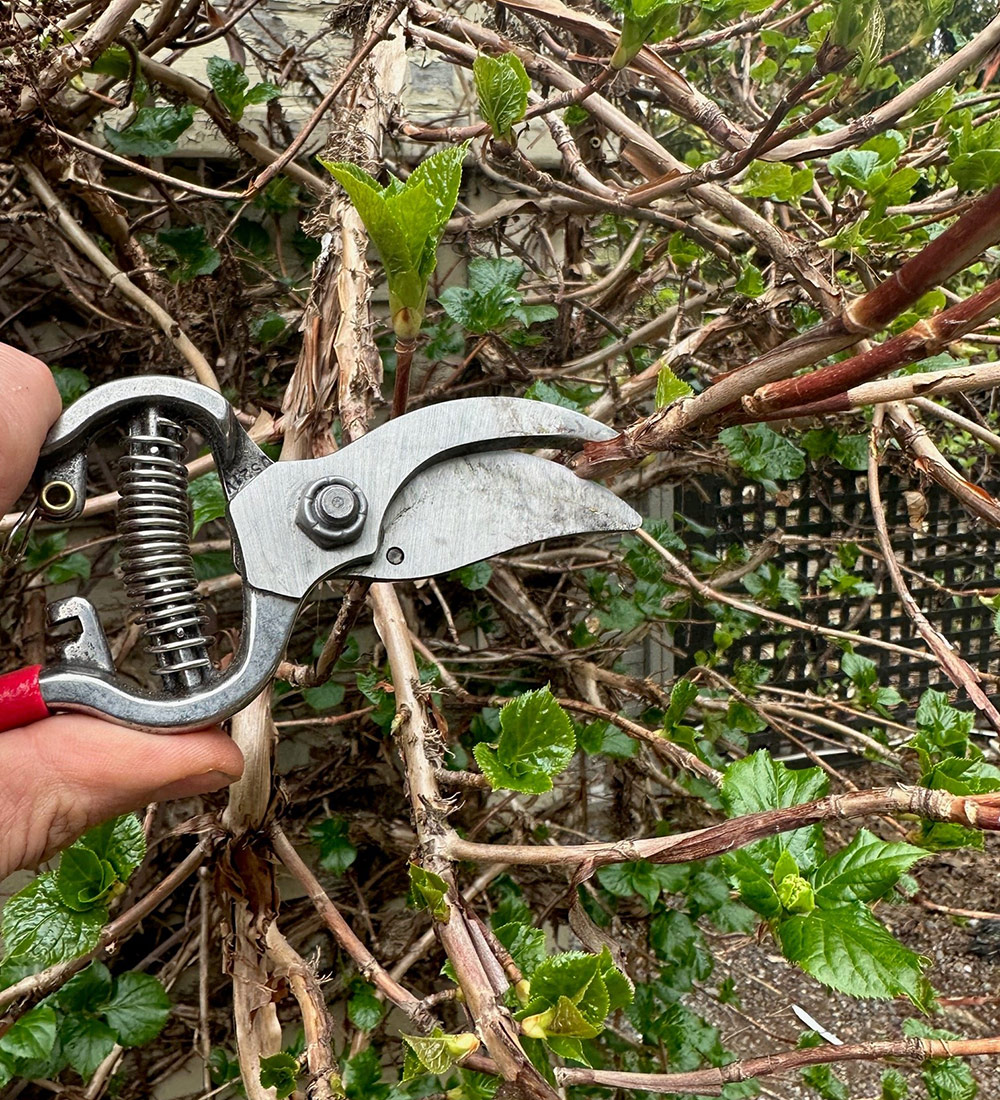
Pruning for tidiness and overall structure
In its ideal growing conditions—dappled shade, moist soil, and some protection from strong wind—climbing hydrangea can add many feet of growth during a single season. To keep plants in check, many gardeners find that selective training is often required throughout the growing season. But it’s while the plant has no foliage—in autumn, winter, or, ideally, early spring—when you can truly get in there and prune hard enough to make a difference.
If you want to prune your climbing hydrangea in early spring, just before the first leaves flush out, cut back hard to remove long, unwanted growth that might be crossing over some windows or extending too far out into a nearby pathway. Thankfully, this is a plant that can handle hard cutbacks, which should be done every two years to keep the growth in check. Remember, you are dealing with a woody vine.
Some touch-up pruning can happen just as the first leaves emerge, as it’s sometimes difficult to estimate how far back one should cut. Keeping a plant tidy is one thing, but the first flush of new green growth can be surprisingly vigorous, and new branches can seem to grow inches overnight, extending over stairs or railings in just a week or two. This new growth can be cut as needed throughout spring.
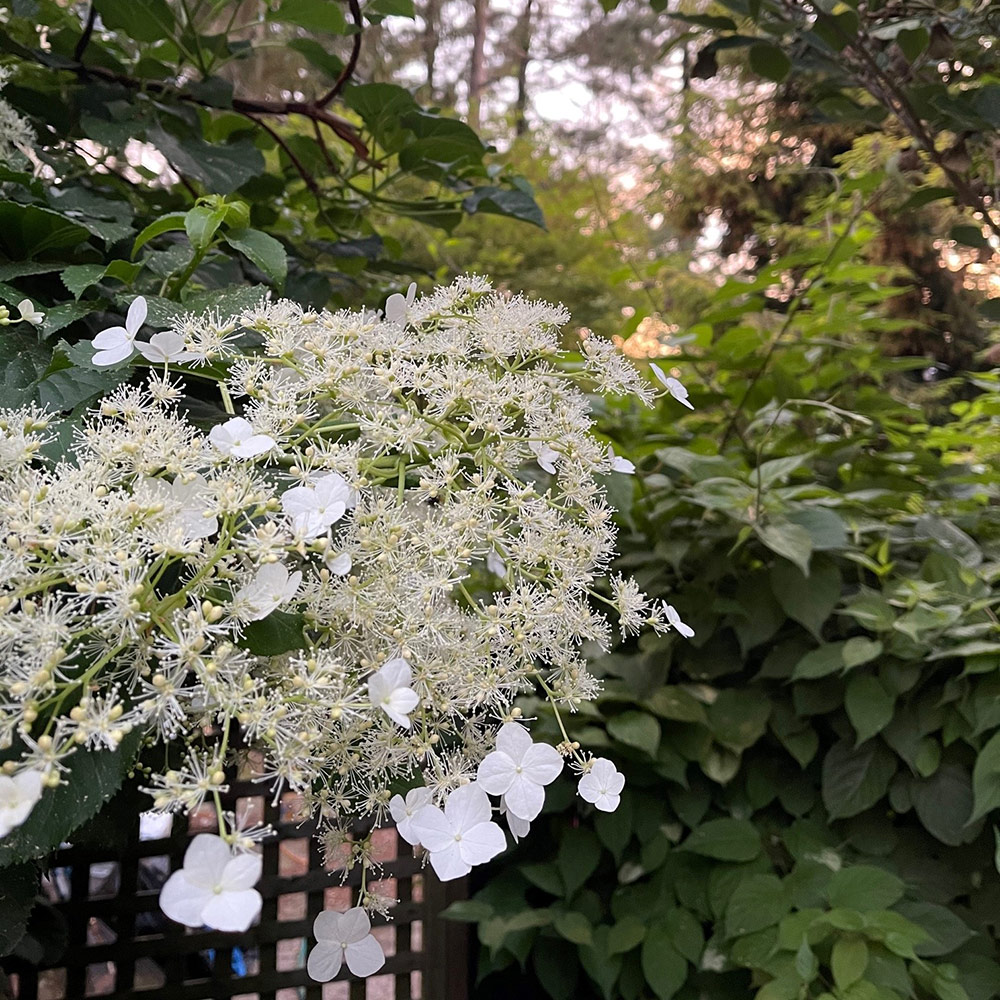
Pruning to maintain an impressive flower display
While the foliar effect is the main reason why most people grow climbing hydrangea, the flowers are a bonus. If you’re finding that you have few or no flowers on your plant, know that it forms its flower buds on last year’s growth. So a hard pruning in spring will compromise any flowers in the coming season. If you train your vine to a tree trunk, you may find that most blooms occur near the top of the plant. If you are growing your hydrangea over a fence or against a wall, you may want flowers to form along the entire plant. To achieve this, limit your hardest pruning to just after flowering, usually in July.
I like to keep both structure and flowering in mind when I prune my climbing hydrangea. I trim as needed throughout the year, but I’m always conscious about potential blooming stems that have matured the previous summer.
For more tips on pruning hydrangeas, click here.
And for more Northeast regional reports, click here.
—Matt Mattus is the author of two books: Mastering the Art of Flower Gardening and Mastering the Art of Vegetable Gardening. He gardens in Worcester, Massachusetts.
Photos, unless otherwise noted: Matt Mattus
Fine Gardening Recommended Products
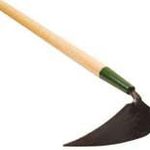
Long Handle EZ-Digger
Fine Gardening receives a commission for items purchased through links on this site, including Amazon Associates and other affiliate advertising programs.
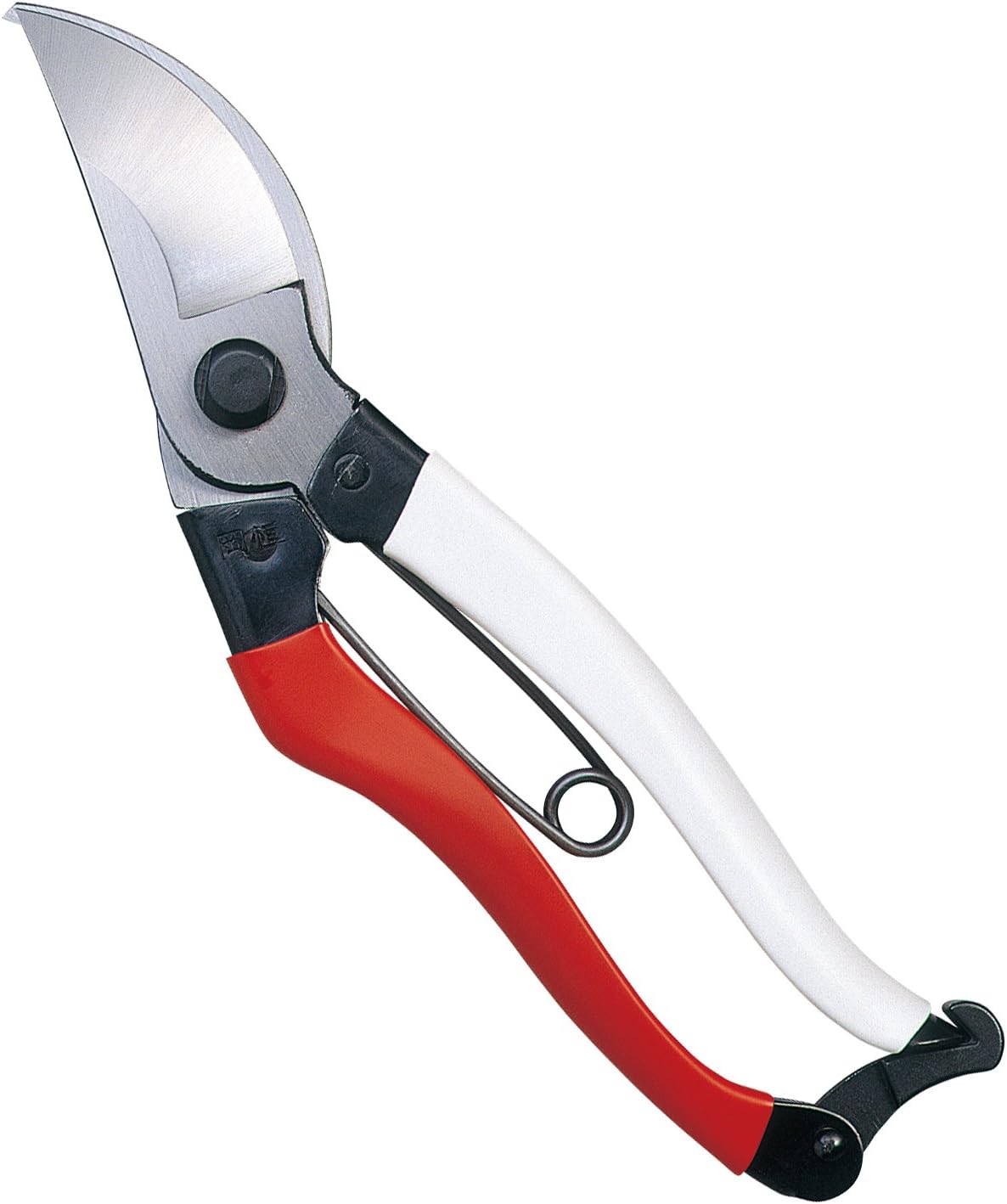
Okatsune 103 Bypass Pruners General Purpose Medium
Fine Gardening receives a commission for items purchased through links on this site, including Amazon Associates and other affiliate advertising programs.
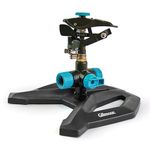
Gilmour 811673-1001 Sprinkler
Fine Gardening receives a commission for items purchased through links on this site, including Amazon Associates and other affiliate advertising programs.
- Adjustable collar for partial- to full-circle coverage
- Dial precisely sets spray distance
- On/off switch eliminates trips from sprinkler to spigot



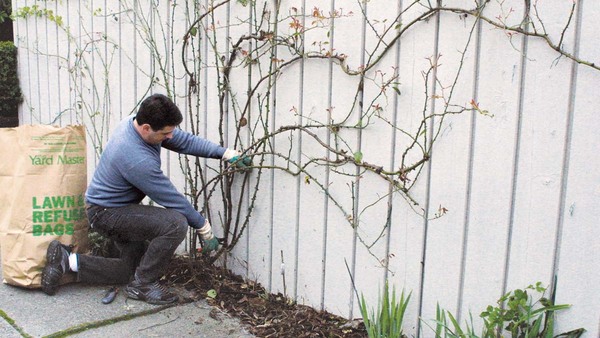
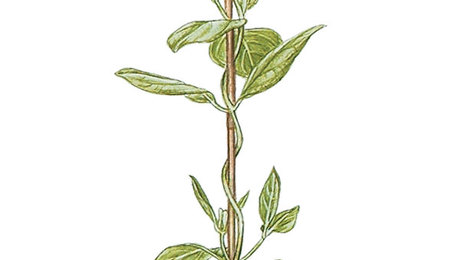
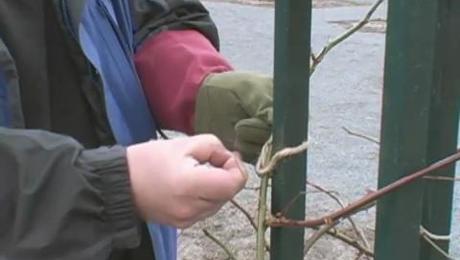

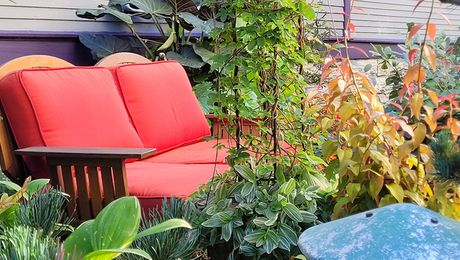
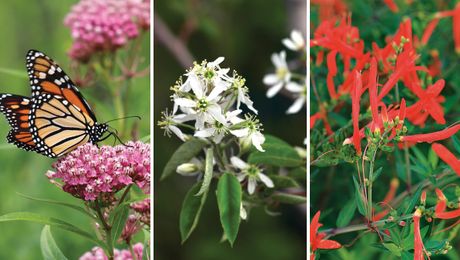










Comments
Log in or create an account to post a comment.
Sign up Log in